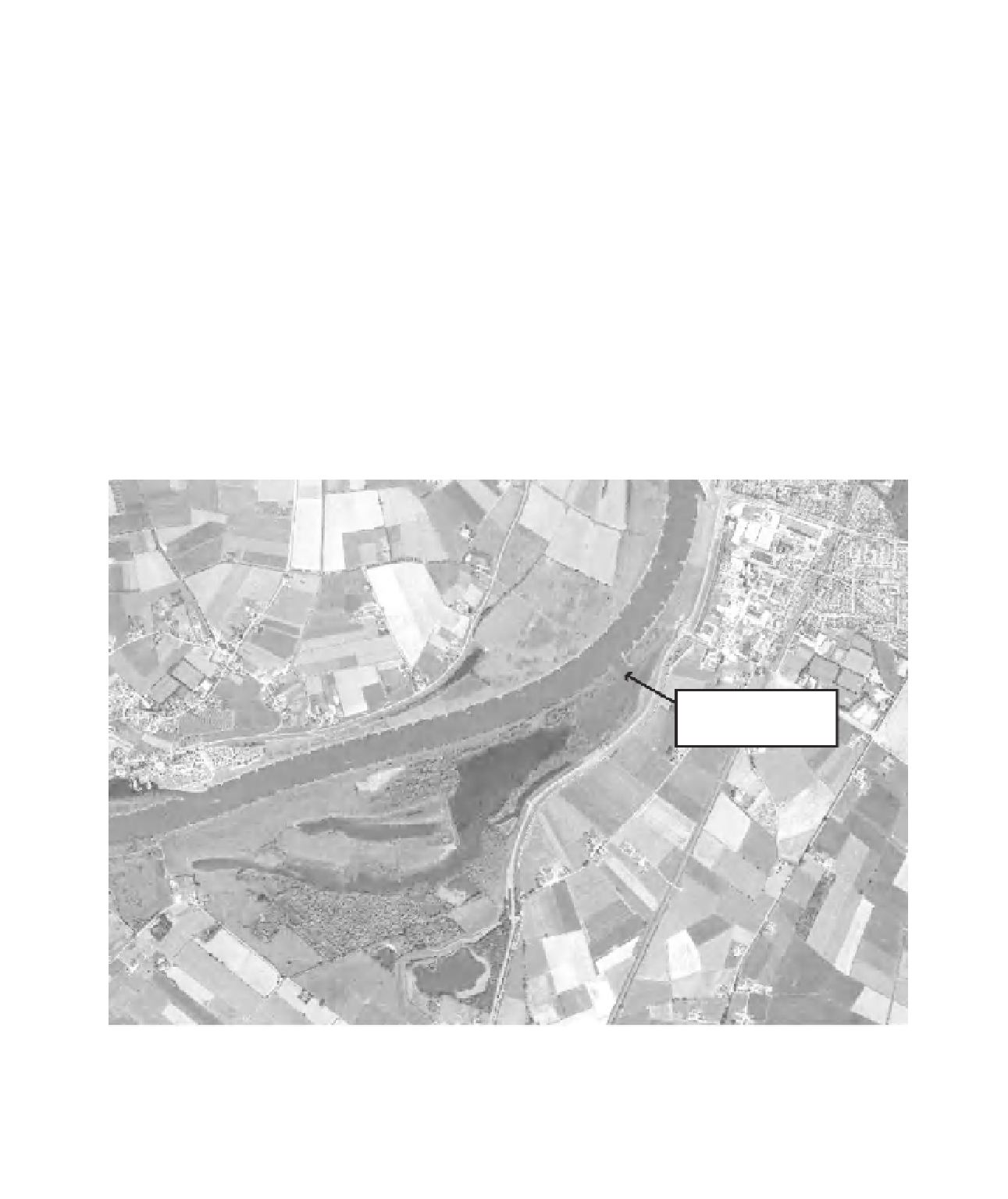Environmental Engineering Reference
In-Depth Information
foundation of settlements and commerce for many
centuries, and hence human impact has been consid-
erable. One of the earliest recorded impacts was in
1449, when over - fi shing and pollution led to declines
in fi sh population. Even at this point, the international
'Strasbourg Regulations' were adopted to improve the
Rhine, yet further deterioration was still to come.
Between 1817 and 1874, considerable straightening
occurred due to major engineering works in an attempt
to improve navigation, reduce fl ooding and recover
alluvial areas for farming. By 1950, Atlantic salmon
(
Salmo salar
) in the Rhine had disappeared as habitats
diminished and physical barriers increased. Since
1952, the Rhine Commission has worked toward
improving water quality, river ecology and pollutant
emissions. Many individual and large programmes of
works have been and are being undertaken, including
fl ood retention in Germany and embankment removal
in the Netherlands (Figure 17.8 ).
17.5
PERSPECTIVES
We conclude this chapter by refl ecting on a number of
problems regarding the prospects for ecological restora-
tion of degraded rivers and fl oodplains. Although the
projects covered here are forward thinking and have
resulted in examples of best-practice river restoration,
not all European countries are at present in a position to
implement such ideas. Nonetheless, many are already
accepting that naturally functioning river systems are
intrinsic to our future
human well - being
. But despite
this, there continue to be widespread disturbances and
profound threats to river ecosystems that must be high-
lighted and dealt with appropriately.
In central and eastern Europe,
water quality
remains
a crucial factor to the success of river restoration, but
there is little or no money for improvement. In the
Russian Federation, for example, 60% of existing
sewage treatment works are overloaded and 40% need
Floodbank breached
enabling the floodplain
to be reconnected to the river
Figure 17.8
Flood bank removal on the river IJssel, the Netherlands. (Courtesy of Ute Menke, ECRR.)





